Ready to learn the European flags? Each nation has a flag that reflects a unique history, culture, and identity.
There are 49 countries in Europe, according to the Central Intelligence Agency (CIA) World Factbook. These countries are: Albania, Andorra, Austria, Azerbaijan, Belarus, Belgium, Bosnia and Herzegovina, Bulgaria, Croatia, Czechia (Czech Republic), Denmark, Estonia, Finland, France, Georgia, Germany, Greece, Holy See (Vatican City), Hungary, Iceland, Ireland, Italy, Kazakhstan, Kosovo, Latvia, Liechtenstein, Lithuania, Luxembourg, Malta, Moldova, Monaco, Montenegro, Netherlands, North Macedonia, Norway, Poland, Portugal, Romania, Russia, San Marino, Serbia, Slovakia, Slovenia, Spain, Sweden, Switzerland, Türkiye (Turkey), Ukraine, United Kingdom.

The European flags
Curious about the colors, symbols, and designs that represent Europe’s diverse nations? Here are the 49 country flags of Europe.
When you are finished, be sure to take our European flag quiz to see how many you get correct!
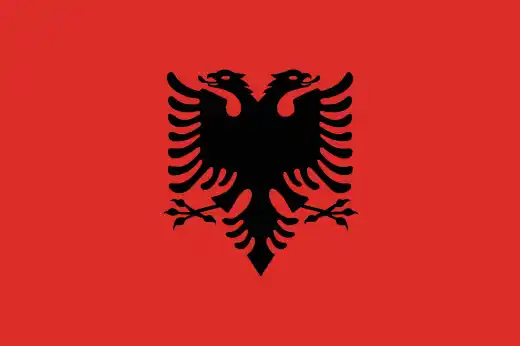
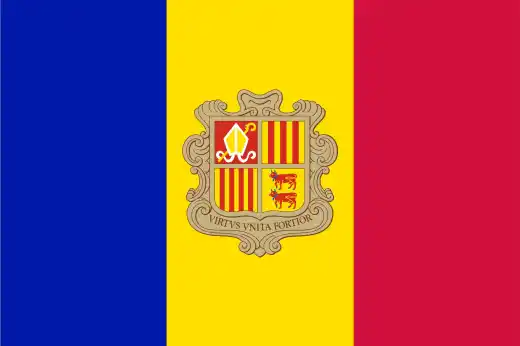
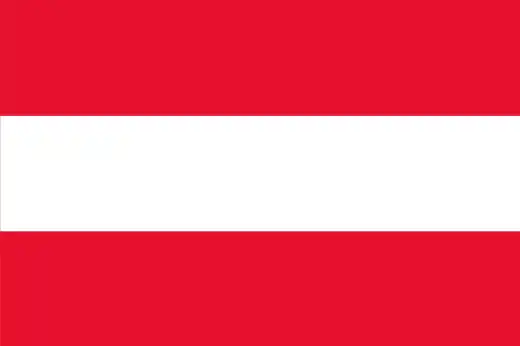

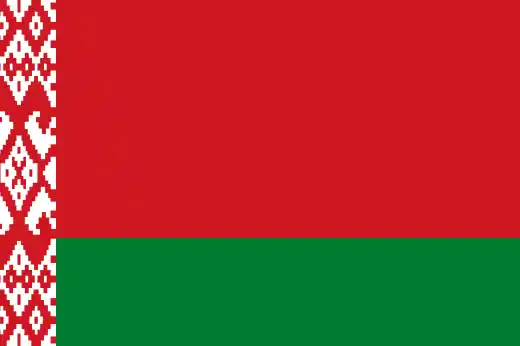
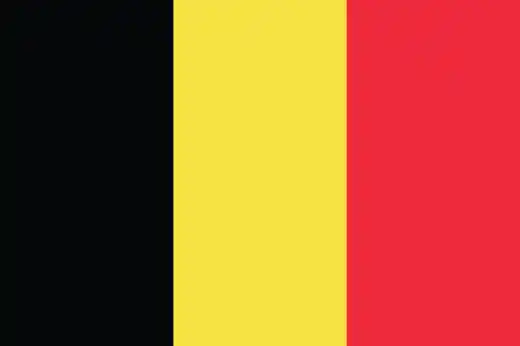
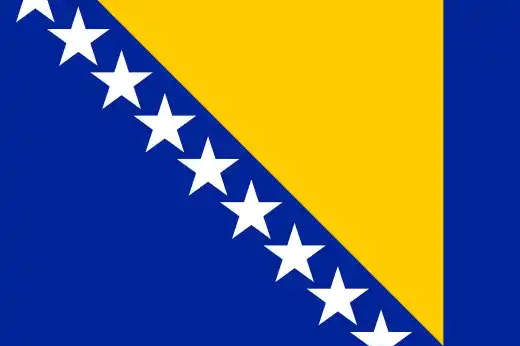
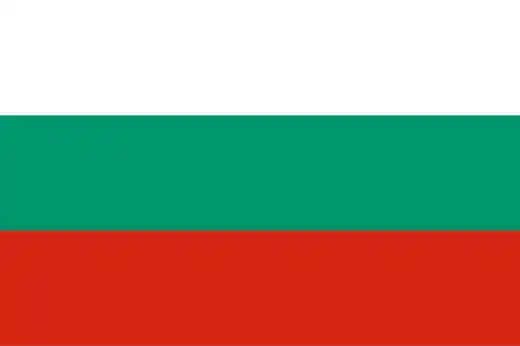


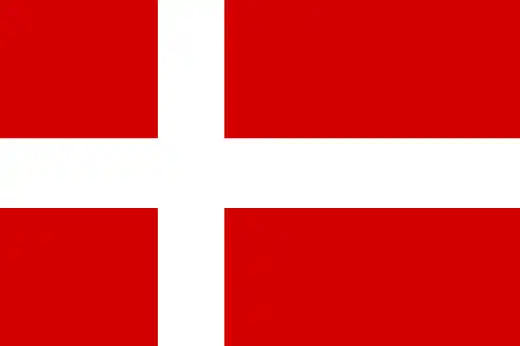
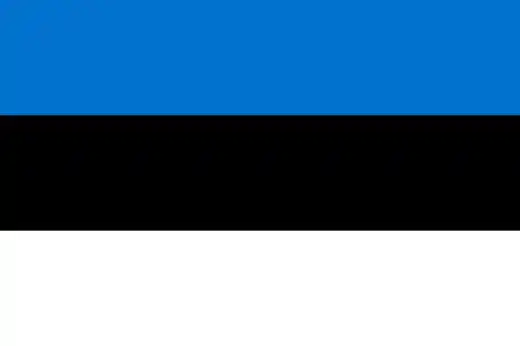
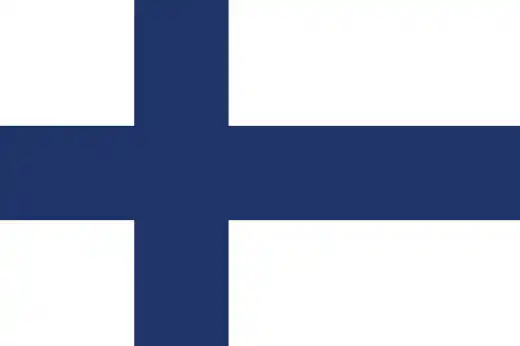
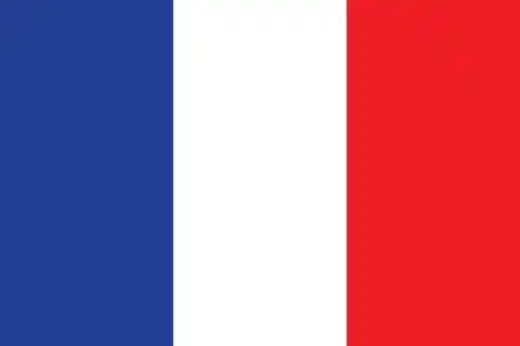
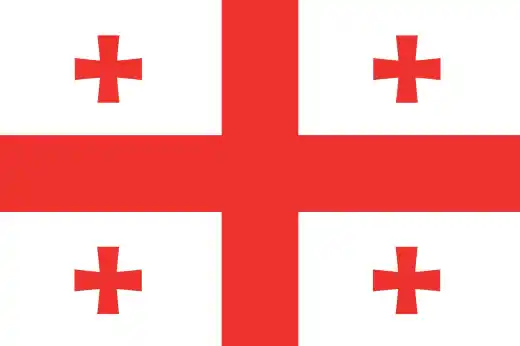




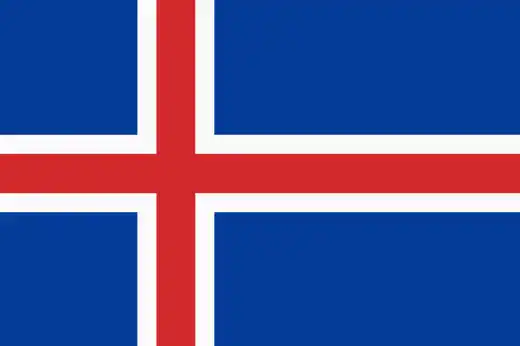


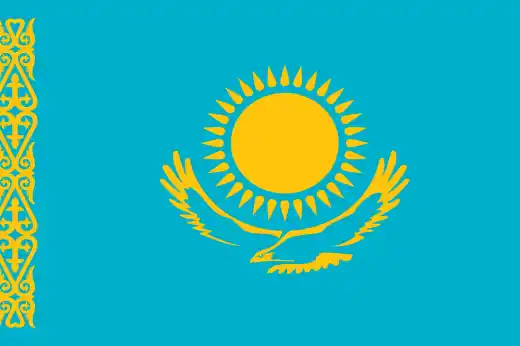



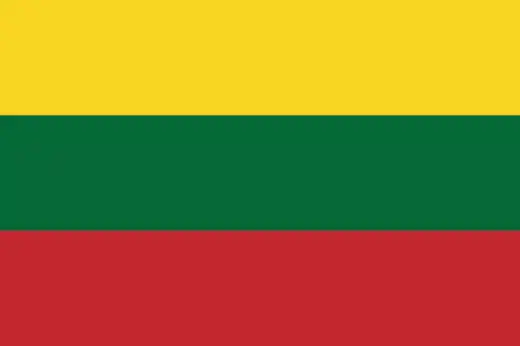



















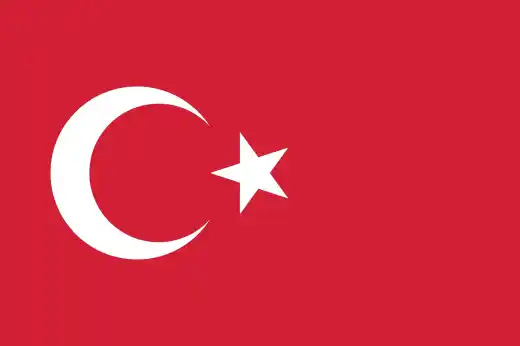


See next: Country flags of the world.
Countries in more than one continent
The following countries listed above are geographically located in the Europe and Asian continents: Azerbaijan, Kazakhstan, Russia, and Türkiye (Turkey).




Outliers
Armenia and Cyprus are geographically located in Asia, but they have geopolitical and cultural ties with Europe.
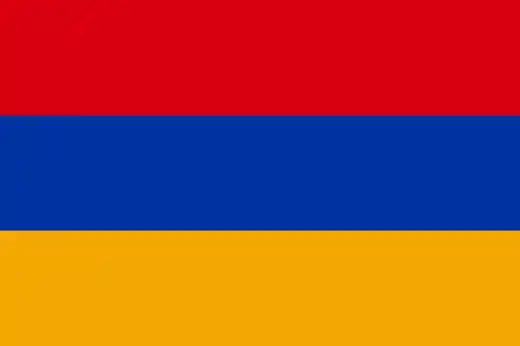
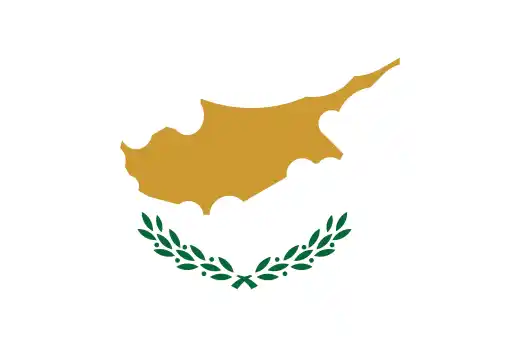
The EU flag
The European Union covers a large portion of the European continent and aims to integrate European economies and prevent future conflicts.
The flag of Europe, or the European Union (EU) flag, marks Europe’s identity and unity.

The EU includes 27 countries: Austria, Belgium, Bulgaria, Croatia, the Republic of Cyprus, Czech Republic, Denmark, Estonia, Finland, France, Germany, Greece, Hungary, Ireland, Italy, Latvia, Lithuania, Luxembourg, Malta, Netherlands, Poland, Portugal, Romania, Slovakia, Slovenia, Spain, and Sweden.
Tips for learning the European flags
Learning 49 European flags may sound daunting, but spotting color themes, patterns, and symbols can make it much easier. Here are some strategies to help:
Group flags by color themes
Many European flags share common colors:
- Red, White, and Blue: The colors are common across European countries, like France, the Netherlands, Russia and the UK. Group them by the unique layouts and positions of these colors.
- Scandinavian Cross: All Nordic countries (Denmark, Norway, Sweden, Finland, Iceland) use a cross design to reflect Christianity. The background and cross colors distinguish them.
Memorize symbols and unique patterns
Some European flags have distinct symbols that are hard to miss:
- North Macedonia: Has an eight-rayed sun against a red field.
- Albania: Look for the double-headed eagle on a red background.
- Montenegro: A golden double-headed eagle with a shield.
Use mnemonics
Associating countries with memorable characteristics of the flags can help:
- Italy (Green-White-Red): Their popular tomatoes are often picked when green and are red when fully ripe.
- Ireland (Green-White-Orange): Green represents the lush Irish landscape, orange for the Protestant minority, and white for peace between the two.
Learn by grouping regions
Focus on memorizing flags by regional groups:
- The Baltics (Estonia, Latvia, Lithuania): Each has unique color themes with simple horizontal stripes, and they’re usually easy to learn together.
- The Balkans (countries like Serbia, Croatia, Slovenia): Many have similar color schemes with added elements like crests or coats of arms.
- The microstates (San Marino, Liechtenstein, Monaco, Vatican City) – Small but distinctive, their flags stand out once studied together.
Utilize maps, quizzes and flashcards
Test yourself with online quizzes and flashcards can improve recall by exposing you repeatedly to the flags and helping you remember distinctions.
You can also download our blank European map and challenge yourself to fill in the countries with their correct flags. Turning it into a game makes the learning process more interactive.
Visualize flags with landmarks or cultural hints
Imagine famous landmarks or stereotypes associated with each country to make connections. For instance:
- France: Picture the Eiffel Tower along with the flag’s blue, white, and red vertical stripes.
- Belgium: Visualize a Belgian waffle with black chocolate, golden syrup, and strawberries in the flag’s black, yellow, and red order.
Once you’ve mastered the European flags, why not test yourself with other regions? Try learning the Asian flags, African flags, or North American next. Each continent has its own unique stories, patterns, and traditions reflected in its flags.
Caitriona Maria is an education writer and owner of The Facts Institute. A teacher for seven years, she has been committed to providing students with the best learning opportunities possible, both domestically and abroad. Dedicated to unlocking students' potential, Caitriona has taught English in several countries and continues to explore new cultures through her travels.